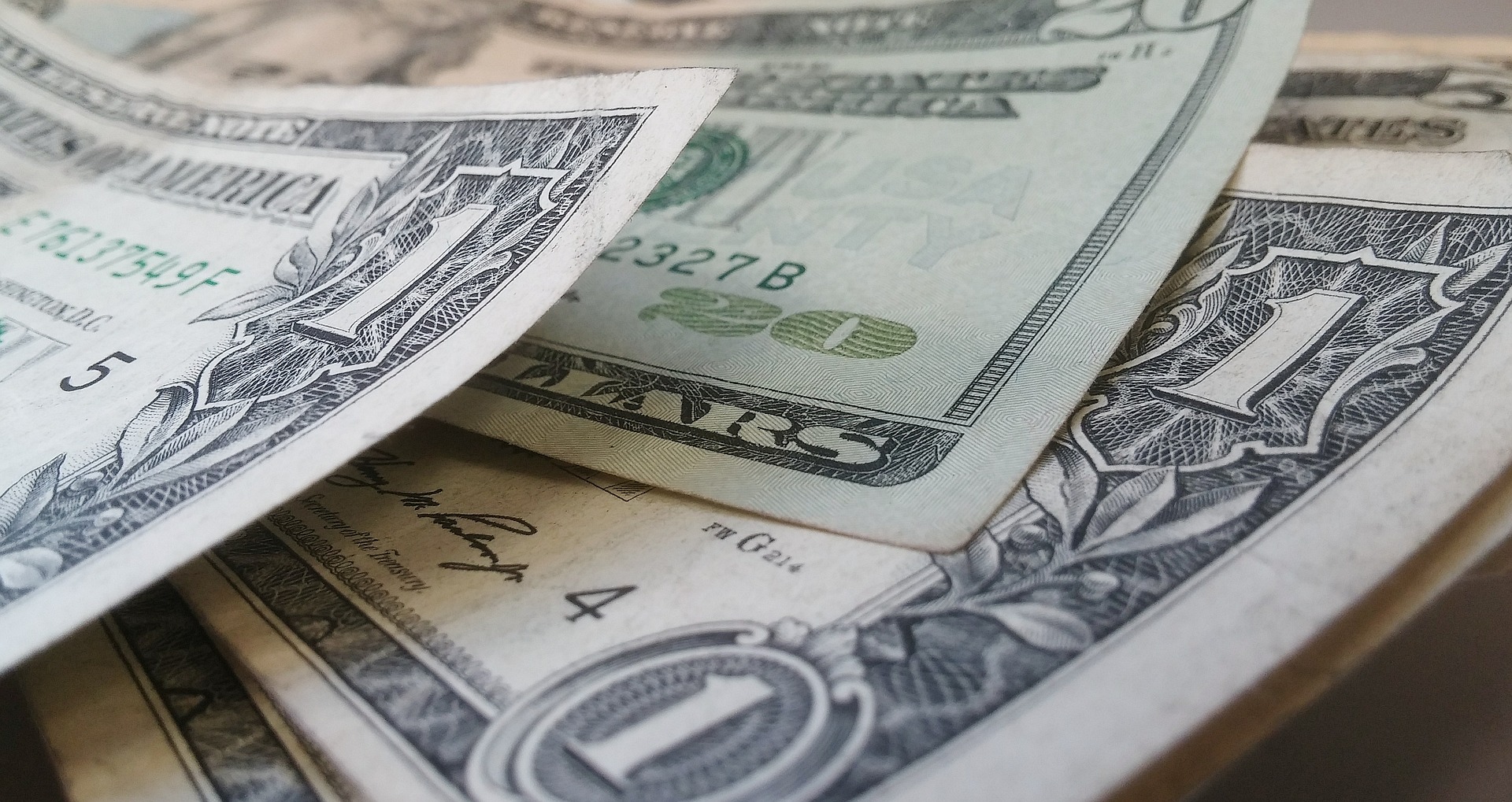If 2020 was a year during which “risk currencies” such as the Euro or Sterling had outperformed the so-called safe-havens, this sentiment took a 180-degrees turn in 2021, despite the fact that initial forecasts pointed to a continuation of the past year’s strong trend.
That is the situation mainly due to high inflation all around the world. A mix of supply chain issues and aggressive monetary/fiscal interventions revived inflationary pressures, and now markets fear it could become permanent. It should be no surprise that in such an environment, the Swiss Franc and the US Dollar are some of the best-performing currencies.
Swiss Franc rising
Australian Dollar, Japanese Yen, Canadian Dollar, Sterling, and the Euro have all weakened against the Swiss Franc, as demand for safe-haven currencies increased during the year. That has sparked comments from Andrea Maechler, governing board member of the Swiss National Bank.
She repeated commitment to currency market interventions, but thus far that did little to stop the Franc from rising. At the time of writing, inflation in Switzerland is around 1.2%, much lower when compared to other European countries, where it is at worrying levels. As participants in the financial markets look for alternatives that don’t erode their purchasing power, the Franc is by far an attractive place to keep funds.

USD dominates
However, the currency that has been dominating forex trading remains the US Dollar. Despite an ultra-loose monetary policy of the Federal Reserve and trillions in fiscal spending by the government, it has been leading in terms of gains.
As the global reserve currency, there is still heavy demand for the Dollar internationally and since currencies are valued against each other, it should be no surprise that the USD is rising, at a time when fundamentals are also favoring the US.
GDP has retained pre-pandemic levels and as there had not been any other economic lockdowns for a good year and a half now, economic activity continues to strengthen. For the time being, markets are focusing on inflation, where some changes are further supporting a continuation of Dollar bullish sentiment.
Fed chair gives up on “transitory” narrative
During a recent Senate hearing, the Fed’s chair Jerome Powell ditched the “transitory” narrative for inflation, a move that sparked a new wave of buying in the US Dollar. Since the largest central bank in the world now acknowledges that inflation could be persistent, that could prompt a more rapid unwinding of asset purchases, as well as interest rate hikes in 2022.
Futures markets are already pricing in a 25 basis point increase by the end of the first half of next year, a forecast that is heavily dependent on the inflation developments, economic activity, and new risks associated with the pandemic and the supply chain.
One thing’s for sure – stimulus impact is waning and the effects of inflation are felt in the financial markets. Currency volatility is on the rise, which could foster strong moves in either direction. Demand for safe-havens like the Swiss Franc or the US Dollar is, thus, expected to remain elevated.



